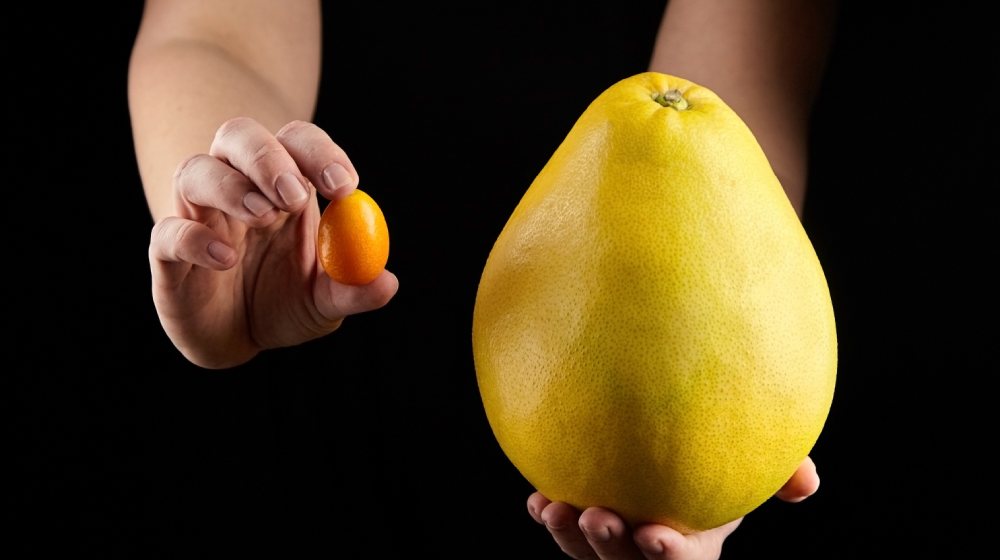Food sustainability has become a hot topic these days. This notoriety comes as no surprise, as millions of people worldwide must contend with food insecurity and malnutrition. While these issues are not a concern for 75% of the population in the United States, they do impact individuals globally.
The U.S. is primarily dealing with a different but related food sustainability issue — waste.
According to the United States Department of Agriculture, somewhere between 30% and 40% of the total U.S. food supply is wasted. About a third of this waste occurs at the consumer and retail levels. The rest happens during manufacturing, farming, distribution, and storage.
Fortunately, a relatively new trend has the potential to reduce food waste substantially. This process is known as upcycling food. Below, we explore what upcycled food is and how it can play a role in the fight to improve worldwide food security.
What Is Upcycled Food?
The term “upcycle” is essentially the opposite of “recycle.” As you know, recycling involves reintroducing used products back into a manufacturing or usage cycle.
Recycling is a highly effective strategy for reusing materials such as metals, but no one is lining up to purchase recycled food — not that we can blame them.
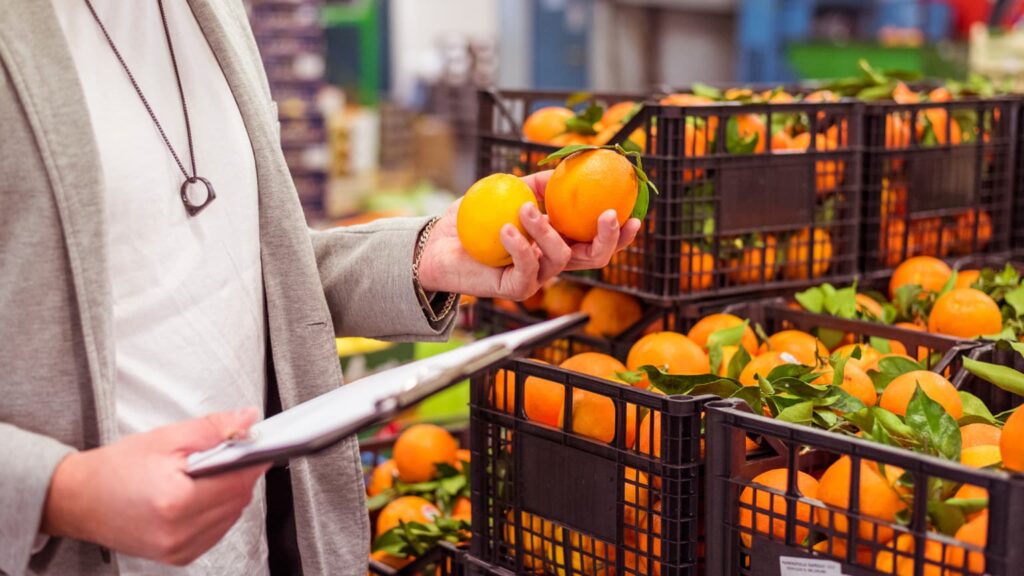
Upcycled food is not made from used ingredients. Instead, these products are made from ingredients that would have been disposed of otherwise.
Fruits and vegetables are the primary types of foods used in upcycling. Fruits and vegetables are inspected during each leg of the food supply chain. Farmers, manufacturers, distributors, and retailers will dispose of fruits and vegetables that lack visual appeal or exhibit notable imperfections.
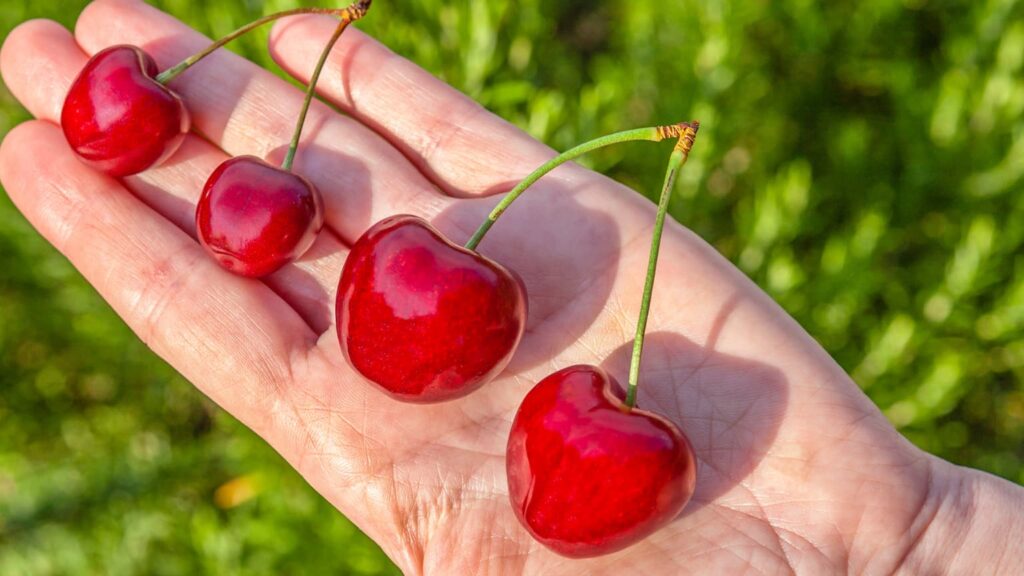
Traditionally, these “imperfect” produce is sent straight to the landfill. The upcycled food trend can potentially make this model a thing of the past.
Manufacturers can use safe but visually unappealing fruits and vegetables to make long-lasting food products like bars, flavored water, and snacks. These food products have a longer shelf life and would be quite expensive to make with premium fruits or vegetables.
Can Upcycling Address Food Insecurity?
As the upcycled food market stands today, it cannot address food security. However, if a large number of food manufacturers create upcycling programs, they could significantly reduce food waste, minimize greenhouse gas emissions, and facilitate the redistribution of food to those in need.
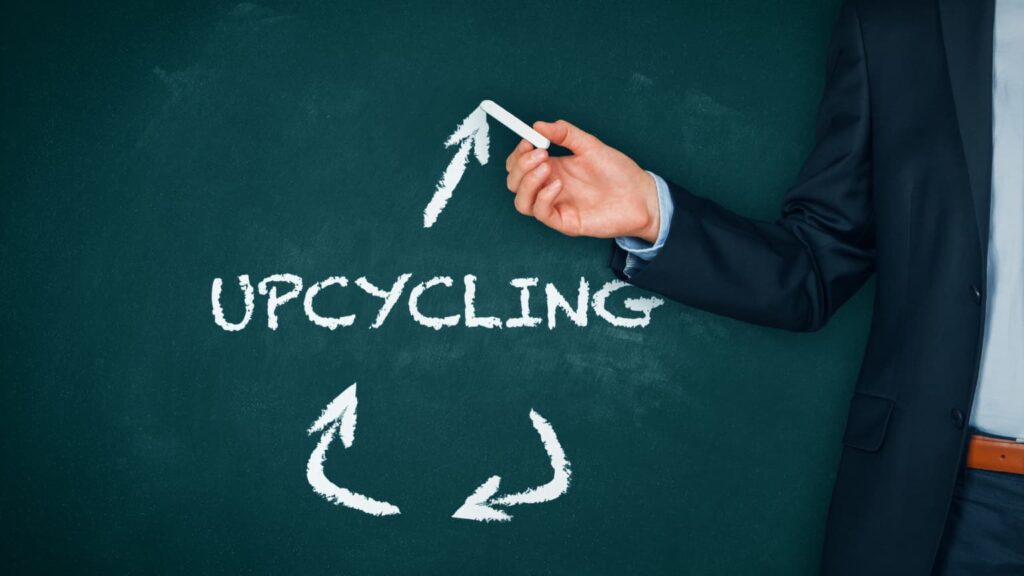
The biggest challenge facing the upcycled food space is ingredient tracking. While manufacturers can create safe and delicious snacks from upcycled foods, it is vital that they only use quality ingredients. Otherwise, the quality and safety of these products will suffer.
Other Benefits of Upcycled Food
Integrating upcycled food into the supply chain can yield tremendous benefits for consumers, manufacturers, and the world.
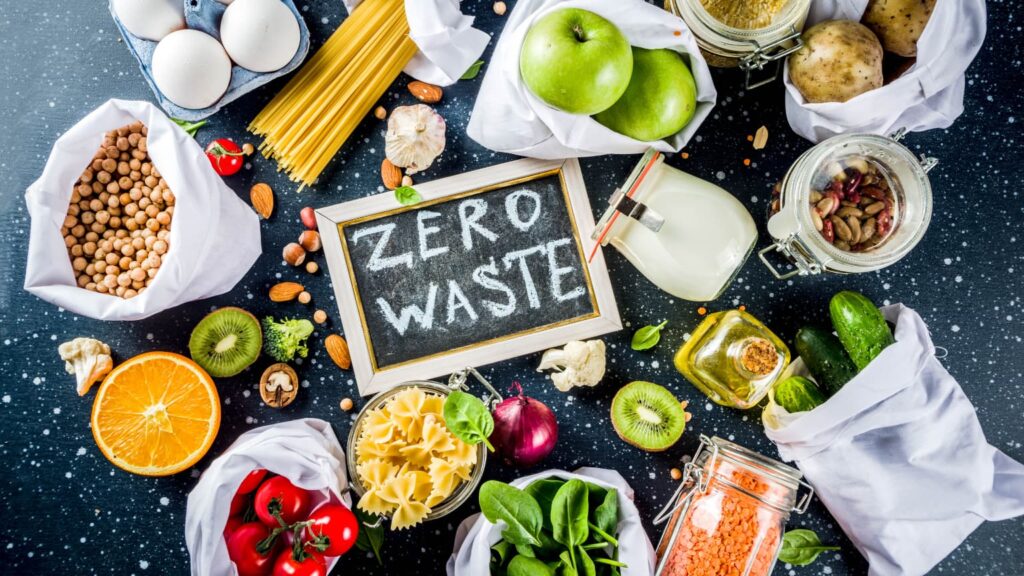
The most apparent benefit of food upcycling is that it reduces food waste. This reduction increases food availability on a global scale without increasing production.
Food production is a significant source of greenhouse gas emissions. Therefore, reducing food waste through upcycling can lead to fewer emissions. Put simply, upcycling can promote food and environmental sustainability simultaneously.
Even the most benevolent organizations must make decisions based on the best financial implications for their business. The good news is that upcycled food can positively impact a company’s bottom line.
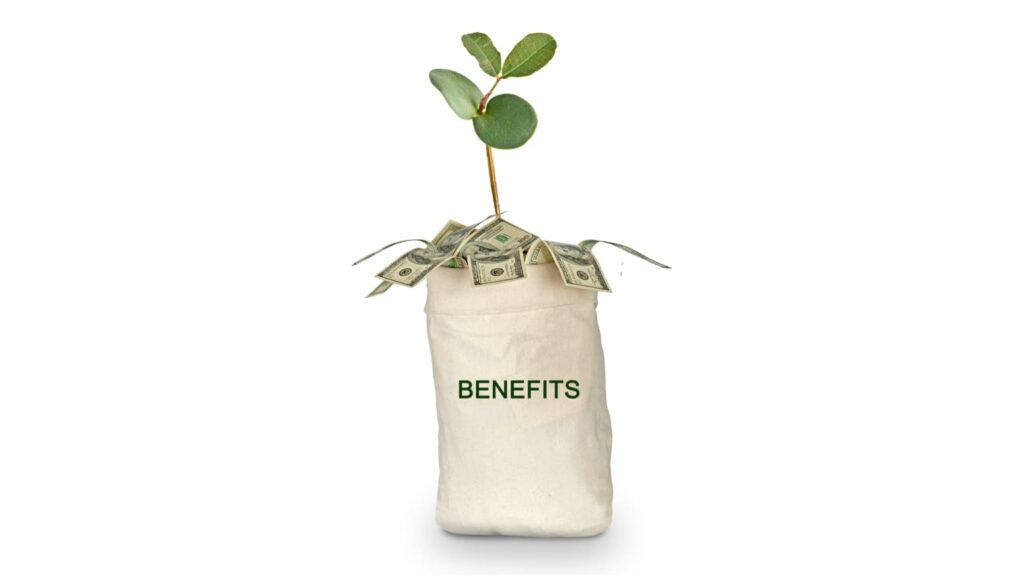
Manufacturers and farmers absorb the costs associated with food waste early in the supply chain. By using some of those ingredients to create upcycled food, they can reduce their annual losses and increase profitability.
Food upcycling is beneficial for consumers. When done right, food upcycling can be used to create affordable and healthy consumables. Most upcycled food is produced primarily from the most nutritious components of fruits and vegetables.
How Upcycled Food Can Break into the Mainstream
There is a relatively new technology that is paving the way for widespread food upcycling.
Currently, upcycled food is considered among the latest food trends, not a mainstream solution to food insecurity. However, upcycled food can certainly impact global nutrition shortfalls, especially if this approach is adopted on a wide scale.
For this to occur, manufacturers, farmers, and distributors must embrace blockchain in food supply chains.

Blockchain maximizes food transparency by creating an immutable record of where products originated and the paths, they took to store shelves. Food tracing lays the foundation for upcycling because it allows manufacturers to verify that they are using quality, sustainably-sourced ingredients to make new food products.
Want to learn more about the role of blockchain in food supply chains? If so, then visit Farm to Plate’s How it Works page. You can also contact us directly if your organization wants to leverage blockchain technology for upcycling or other food sustainability strategies.
Pramod Sajja, CEO & President at Paramount Software Solutions (farmtoplate.io).
